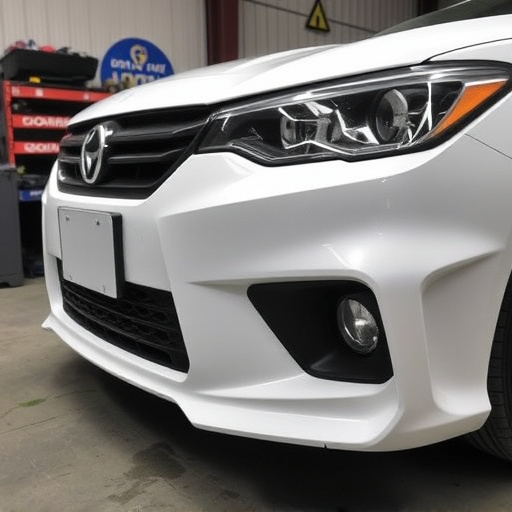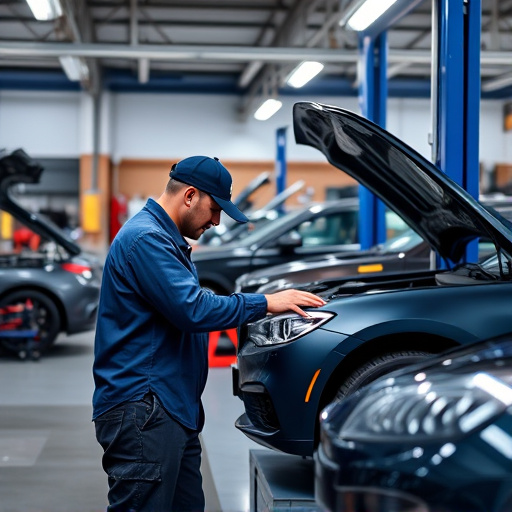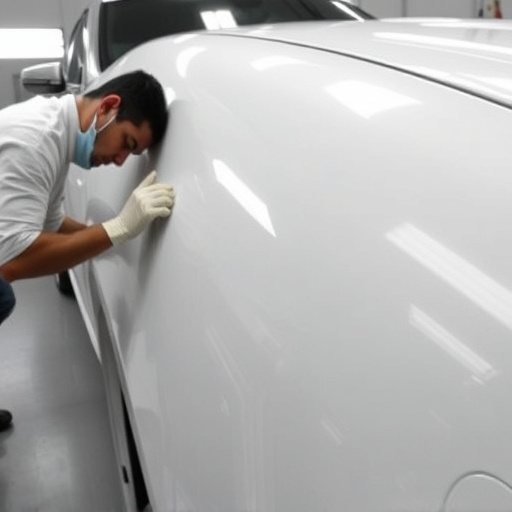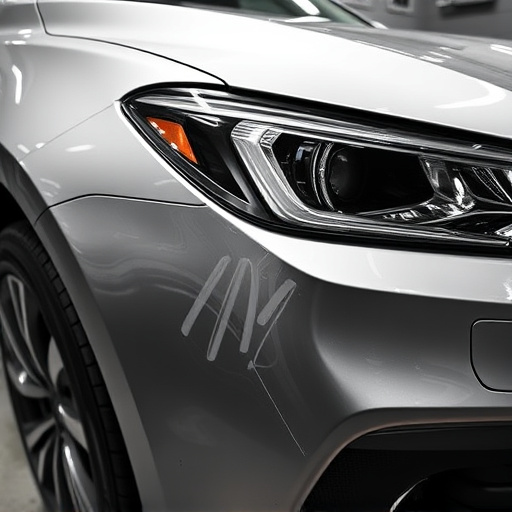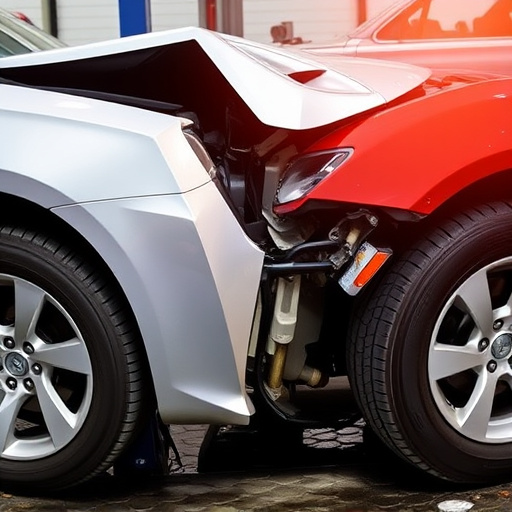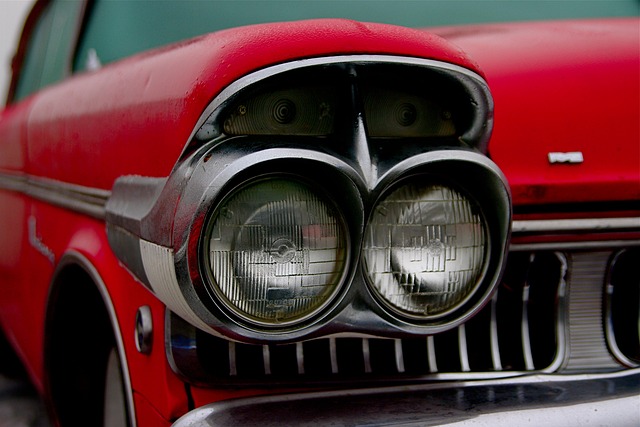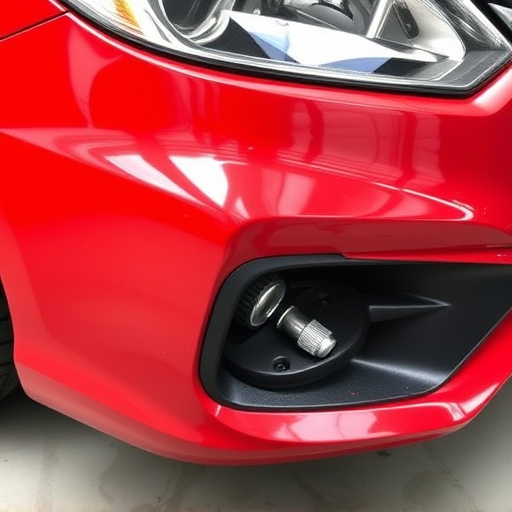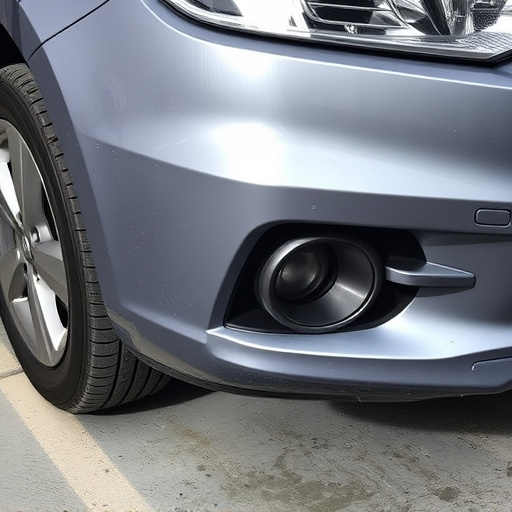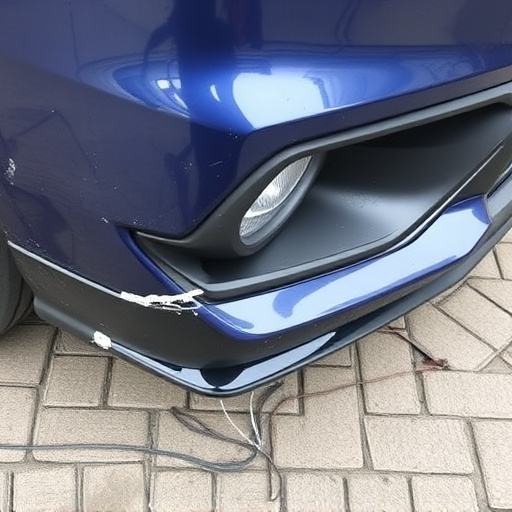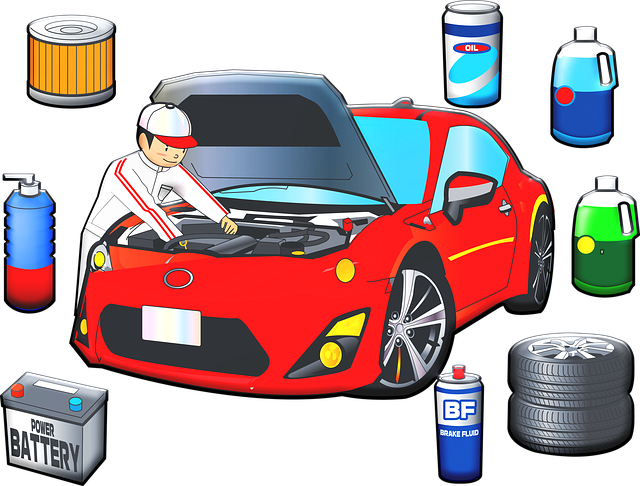Adhering to OEM (Original Equipment Manufacturer) repair procedure access guidelines is crucial for automotive workshops to enhance efficiency, quality, and customer satisfaction. These standardized protocols ensure precise, consistent, and reliable vehicle repairs, painting, and parts replacements, mitigating risks and preserving vehicle integrity. By following these industry standards, shops streamline operations, optimize costs, promote sustainability, maintain high-quality outcomes, build trust, and provide faster turnaround times, ultimately benefiting both businesses and customers.
The benefits of adhering to Original Equipment Manufacturer (OEM) repair procedure access guidelines are multifaceted. Enhancing efficiency and quality, these guidelines ensure consistent outcomes and meet stringent standards. By implementing standardized procedures, safety and reliability are paramount, minimizing risks and enhancing customer trust. Moreover, OEM practices optimize cost-effectiveness through efficient resource management, ensuring long-term financial benefits for repair shops and vehicle owners alike. Discover how these guidelines drive success in the automotive industry.
- Enhancing Efficiency and Quality with OEM Guidelines
- Ensuring Safety and Reliability through Standardized Procedures
- Optimizing Cost-Effectiveness and Resource Management
Enhancing Efficiency and Quality with OEM Guidelines
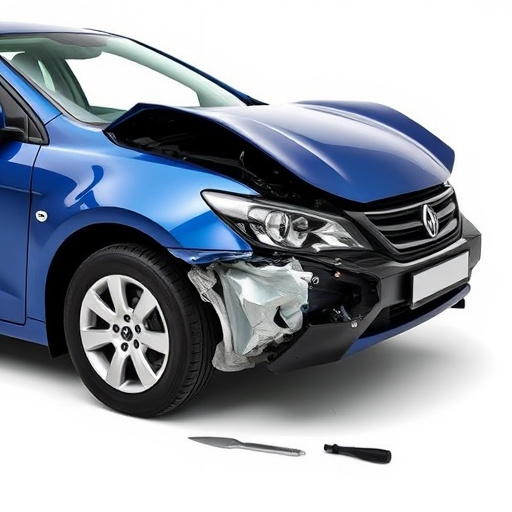
Following OEM (Original Equipment Manufacturer) repair procedure access guidelines can significantly enhance both efficiency and quality in automotive workshops. These guidelines provide a standardized approach to car collision repair, auto frame repair, and dent removal, ensuring that every step of the process is executed consistently and accurately. By adhering to these protocols, technicians can minimize errors, reduce rework, and streamline the overall repair process, leading to faster turnaround times and happier customers.
The OEM guidelines are a valuable resource for professionals in the industry, as they offer detailed instructions tailored to each vehicle’s unique design and specifications. This ensures that even complex repairs, such as intricate auto frame repairs, are performed with precision and expertise. By following these standards, workshops can maintain high-quality outcomes, build trust with clients, and stay competitive in a market where efficiency and quality are paramount.
Ensuring Safety and Reliability through Standardized Procedures
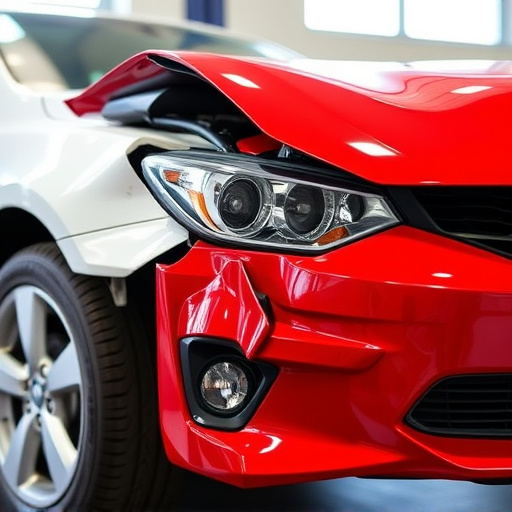
Following standardized OEM (Original Equipment Manufacturer) repair procedure access guidelines is paramount for maintaining safety and reliability in auto body shops. These procedures ensure that every step of a vehicle bodywork repair or auto body painting process is carried out with precision and adherence to the manufacturer’s specifications. By adhering to these guidelines, technicians can mitigate risks associated with incorrect part replacements, improper techniques, and potential safety hazards.
Standardized procedures promote consistency, ensuring each vehicle receives the same level of care and quality. This not only protects the integrity of the vehicle but also enhances the overall customer experience. For auto body shops, adhering to OEM guidelines is a cornerstone for building trust with clients, as it demonstrates a commitment to excellence and the preservation of vehicle value and safety over time.
Optimizing Cost-Effectiveness and Resource Management

Following OEM (Original Equipment Manufacturer) repair procedure access guidelines can significantly optimize cost-effectiveness and resource management in any auto body shop or auto repair service provider. By adhering to these standards, businesses can ensure that parts replacements and repairs are carried out efficiently, minimizing waste and maximizing the life of components. This not only reduces the financial burden on customers but also contributes to a more sustainable approach in the automotive industry.
These guidelines provide a structured framework for obtaining authentic OEM parts, which are known for their superior quality and compatibility. By sourcing these parts, auto body shops can offer reliable and long-lasting repairs, enhancing customer satisfaction. Moreover, efficient resource management through OEM procedures helps auto repair services maintain a balanced inventory, avoiding the cost of overstocking or stockouts, thereby ensuring a steady workflow and optimal utilization of labor resources.
Following OEM repair procedure access guidelines offers a multitude of advantages, from enhancing operational efficiency and product quality to ensuring safety and reliability. By adopting standardized procedures, organizations can optimize cost-effectiveness and resource management, ultimately leading to improved overall performance and customer satisfaction. These guidelines serve as a beacon for navigating complex repairs, making them an indispensable tool in any manufacturing or maintenance environment.

